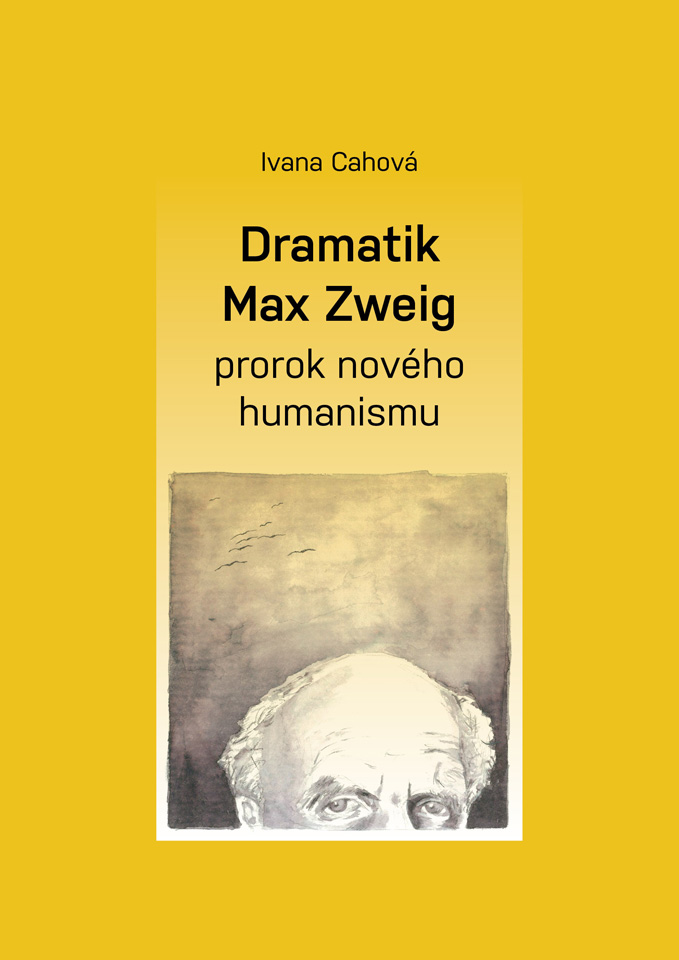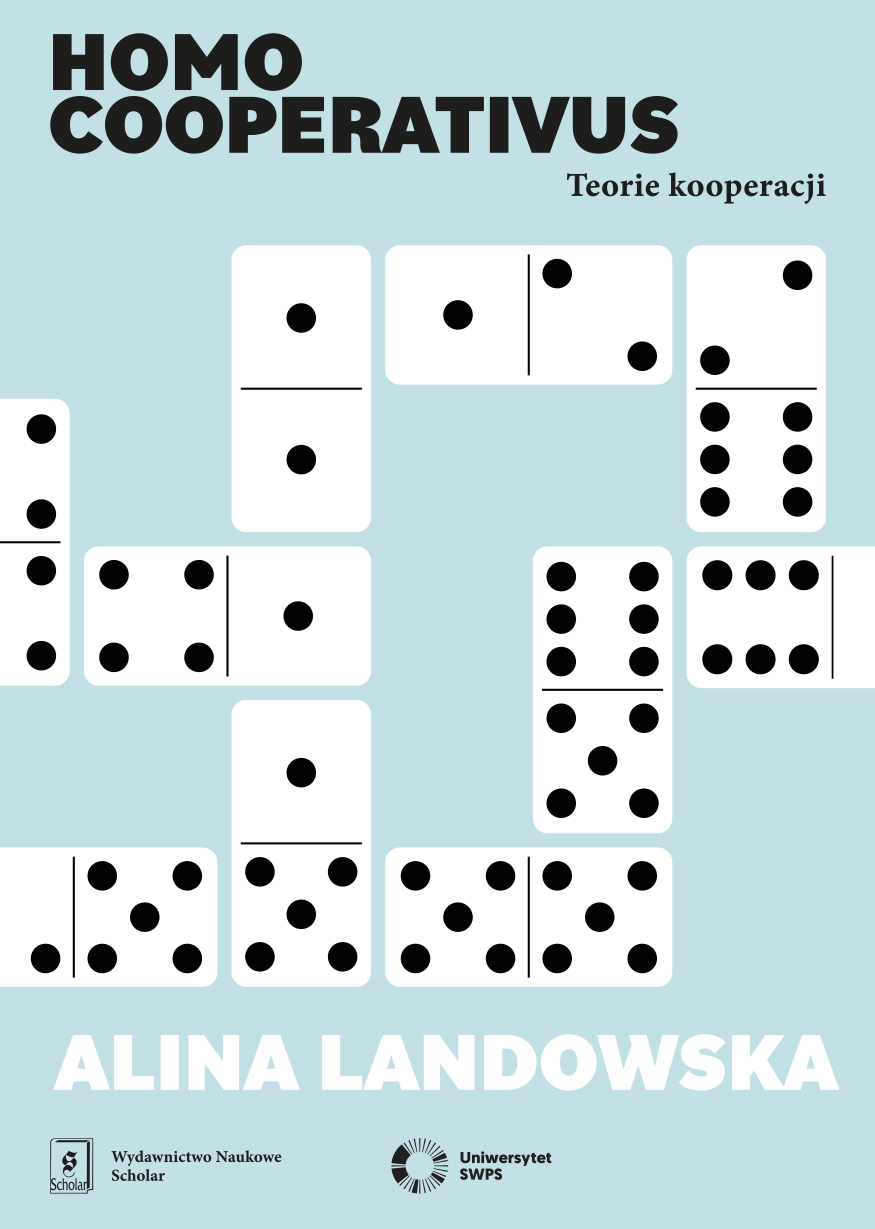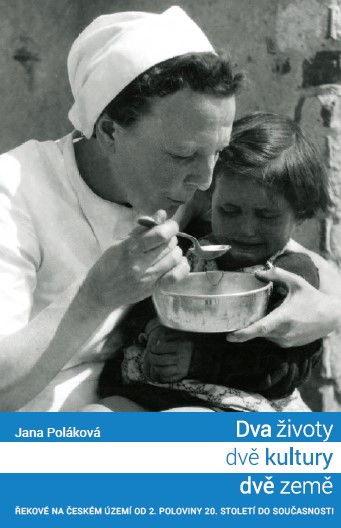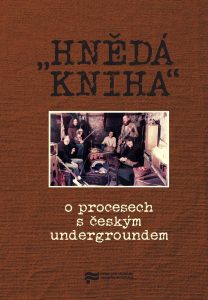
A Central Europe Of Our Own. Postmodernism, Postcolonialism, Postcomunism and the Absence of Authenticity
This project attempts to offer a new theoretical paradigm, one that will allow a re-conceptualization of the literary and cultural histories of the countries of Central Europe—that vaguely defined geopolitical entity, which lies between the traditional hearts of “Eastern” and “Western Europe.” Traditionally, Central Europe has been associated most closely with the successor states to the Austro-Hungarian Empire (disassembled at the end of the First World War), but now the term is re-emerging in reference to the successor states of the Eastern Block located outside of the Russian-language sphere. To define and explore such a theoretical construct, however, requires a set of tests against historical data. For that reason, even before I embark on a more detailed expositions in the chapters which follow, it is important to outline here precisely what kinds of conclusions should and should not be expected of this discussion regarding Central European literatures and cultures. First and foremost, the “Central Europe” under discussion is a region of aggregates. It has neither precise geographic outlines nor a single dominant cultural tradition to which it belongs. Instead, “Central Europe” has always had the status of one of Benedict Anderson’s “imagined communities,” since it has been assumed to exist by both its inhabitants and by outsiders. This assumption has been made on various grounds, each of which play a role in defining its existence. 8 Perhaps the best way to define Central Europe is as a cross-cultural space. It is a region in which the traditions of many ethnic groups meet and blend, producing a culture with a very distinctive everyday life for the middle classes while creating a set of expectations for less dominant groups that could not possibly be met. The cultural life of Austro-Hungary, for example, had several centers at the turn of the century, most notably, Budapest and Vienna, but also including Trieste, Prague, and other smaller cities where various religions and languages crossed paths and adjusted their expectations to each other and to the absent central (and largely German-language) culture of the Habsburg nation. Central European culture and literature that I will be discussing must include literatures written in several languages -- namely, Croatian, Italian, German, and Czech. Yet in including examples of these literatures, I will be writing against the grain of the national traditions in which they usually have been framed. Franz Kafka, for example, has a prominent position within the German-language literary canon as a modernist writer; when he is considered as a Central European, one discovers that the kind of existential crisis in which his characters find themselves are echoed in literatures other than German. Jaroslav Hasek’s Good Soldier Svejk, for example, has an equally surreal journey to the war front by train as that undertaken by the land surveyor K. in Kafka’s The Castle. Both are at the mercy of an unknown and unknowable central authority that has their names inscribed in its record books, but which does not acknowledge their individuality behind their shared existence as recipients of the Austro-Hungarian justice and governance. Both characters are also from the margins of their cultures: K. as a German-speaker in a city that is rejecting German heritage and Svejk as a member of a Slavic nation that has little political power of its own. In many ways, then, the examples cited will shy away from the point of view of specialists in the various national literatures involved. Instead, my treatment of the narratives in question will re-create the trans-national and cross-cultural space in which traditionally recognized works of various national literatures have been produced. The “introduction” is typical of my approach to national traditions. It draws on statements by the modern masters of Slavic and Russian literature today, including Milan Kundera, Tatyana Tolstaya, and Joseph Brodsky; however, I will do violence to their positions within their various national traditions as well as to their individual aesthetic programs. I treat critics themselves in an event which documents the continued existence of Central Europe. Conveniently, such an event really happened at a 1990 conference at Lisbon where a discussion was held about the relationship between political and cultural traditions in an era of massive political trauma. The overriding uncertainty about “what remains” after the purported dissolution of the Soviet block allowed a free discussion about cultural boundaries to emerge: the critics and writers were arguing other issues—if all Slavic culture is Russian culture, if Russian culture is “eastern” or “western,” and if other Slavic cultures are “actually” more like Russian culture or influenced by other cultural spheres. In the rest of the introduction, then, I treat these authors as part of an event in which the existence and cultural-political implications of a Central European cultural space emerged clearly. To their voices from the Soviet successor states, I add that of Egon Schwarz, an émigré intellectual from that vanished Austro-Hungarian Central Europe who, unlike the writers at Lisbon, has convinced himself that Central Europe had always been a utopia. By playing off these points of view, I argue for the validity of the key assumptions underlying my project: that Central European culture exists as a constant behind the political changes characterizing the region over the past century and a half, that this Central European culture is not exhausted by the influences of any one ethnic group or national culture, and that this culture has a certain very distinct set of implications for the identities of its authors, intellectuals, and inhabitants. In discussing this panoply of voices, I argue that Central European culture continues to impose itself as an “imagined community” on the identities and lives of its intellectuals and authors, even when it has no official existence in geopolitics. Considered politically, the region is thus always “postcolonial”: some external power has always exerted dominance over it. Yet at the same time, the region has, for the last century and a half, never lost an alternate (if relatively undefined) source of identity as the land in between, the culture of meetings, of blendings, and cultural renegotiations. The chapters that follow expand on this theoretical paradigm for the cultural existence of Central Europe as postcolonial, yet distinctive, by presenting the work of two Central European authors. These works make the case for the persistence of Central European culture as a culture of resistance to external domination—a postmodern culture as defined by Lyotard—one that resists the imposition of external master narratives by showing where those narratives cease to make sense in those everyday lives far from the power centers of the empire (such as Kafka’s K. who can never find out who wrote the orders he thought he was following). As we shall see, these narratives share the sense of a displaced geopolitics and uncertain personal identity politics as they tell the stories of Central European characters. They are thus postmodern (even if almost a century old) because they concentrate on protean identity as a function of competing traditions rather than on the crisis of personal identity that characterizes the literature of modernism. The specific, nonlinear treatment of time employed in this study deserves special note before I enter into the main body of my discussion: its chronological organization is reversed. I am comparing authors of the 1980s and the 1990s, drawn from the West (Italy) and the East (the Lisbon Conference authors) and the Center (Schwarz, Kundera), with authors as far back as the turn of the century—also from the West (Musil), the Center (Hasek and Kafka), and the East (Russian modernists). This is intentional: just as each author is not placed within an independent national/ethnic/linguistic tradition, neither are the historical conventions of dividing epochs from the turn of the century until today followed. In fact, I believe that the geopolitics of Central Europe run counter to its cultural history. Because of its unusual colonial cultural-historical situation, Central Europe has been a postmodern culture for at least a century. Such culture may never have absorbed the high modernism that characterized the literatures of the Western colonial powers, but instead constituted itself as a cultural space that is somewhat paradoxically Western, but in opposition to the dominant western norms. That is, since it has always been colonized, and hence not able to exert its own cultural authority except within its own unwritten spaces, and since it has nonetheless always been Western (and hence fully able to understand various “Western tradition” as insiders, as well as colonized aliens) Central Europe tells its story in postmodern terms. Some of the narratives analyzed in this study demonstrate that the region has done so in prose for at least the last century. The theoretical paradigm offered thus moves toward a new modes of how literary history can be done, moving beyond simple dichotomies (East-West, colonized-colonizer) into a more flexible image of how dominant and non-dominant cultures have blended at the margins of Europe for the last century, not only at the brief fin de siécle but also now as the power blocks realign.
More...















